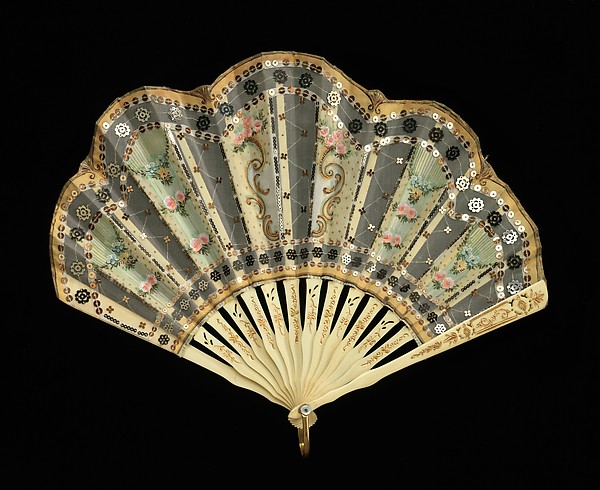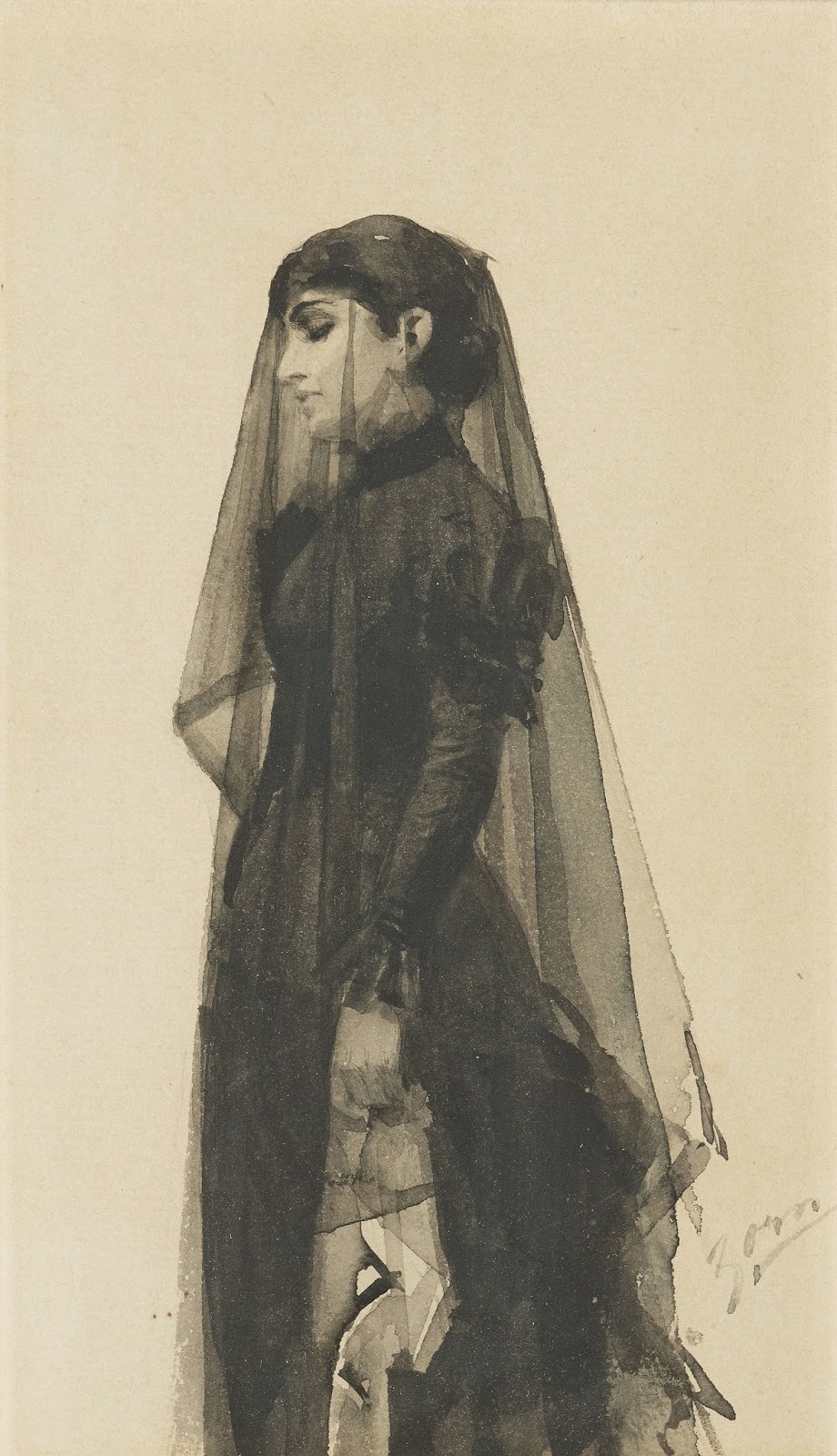The Christmas Ghost
Unemployment in One of our Oldest Industries
The other night I was sitting up late–away after nine o’clock–thinking about Christmas because it was getting near at hand. And, like everybody else who muses on that subject, I was thinking of the great changes that have taken place in regard to Christmas. I was contrasting Christmas in the old country house of a century ago, with the fires roaring up the chimneys, and Christmas in the modern apartment on the ninth floor with the gasoline generator turned on for the maid’s bath.
I was thinking of the old stage coach on the snowy road with its roof piled high with Christmas turkeys and a rosy-faced “guard” blowing on a key bugle and the passengers getting down every mile or so at a crooked inn to drink hot spiced ale–and I was comparing all that with the upper berth No. 6, car 220, train No. 53.
I was thinking of the Christmas landscape of long ago when night settled down upon it with the twinkle of light from the houses miles apart among the spruce trees, and contrasting the scene with the glare of motor lights upon the highways of today. I was thinking of the lonely highwayman shivering round with his clumsy pistols, and comparing the poor fellow’s efforts with the high class bandits of today blowing up a steel express car with nitroglycerine and disappearing in a roar of gasoline explosions.
In other words I was contrasting yesterday and today. And on the whole yesterday seemed all to the good.
Nor was it only the warmth and romance and snugness of the old Christmas that seemed superior to our days, but Christmas carried with it then a special kind of thrill with its queer terrors, its empty heaths, its lonely graveyards, and its house that stood alone in a wood, haunted.
And thinking of that it occurred to me how completely the ghost business seems to be dying out of our Christmas literature. Not so very long ago there couldn’t be a decent Christmas story or Christmas adventure without a ghost in it, whereas nowadays—
And just at that moment I looked and saw that there was a ghost in the room.
I can’t imagine how he got in, but there he was, sitting in the other easy chair in the dark corner away from the firelight. He had on my own dressing gown and one saw but little of his face.
“Are you a ghost?” I asked.
“Yes,” he said, “worse luck, I am.”
I noticed as he spoke that he seemed to wave and shiver as if he were made of smoke. I couldn’t help but pity the poor fellow, he seemed so immaterial.
“Do you mind,” he went on, in the same dejected tone, “if I sit here and haunt you for a while?”
“By all means,” I said, “please do.”
“Thanks,” he answered, “I haven’t had anything decent to work on for years and years. This is Christmas eve, isn’t it?”
“Yes,” I said, “Christmas Eve.”
“Used to be my busiest night,” the ghost complained, “best night of the whole year–and now–say,” he said, “would you believe it! I went down this evening to that dinner dance they have at the Ritz Carlton and I thought I’d haunt it–thought I’d stand behind one of the tables as a silent spectre, the way I used to in King George III’s time–“
“Well?” I said.
“They put me out!” groaned the ghost, “the head waiter came up to me and said that he didn’t allow silent spectres in the dining room. I was put out.” He groaned again.
“You seem,” I said, “rather down on your luck?”
“Can you wonder?” said the ghost, and another shiver rippled up and down him. “I can’t get anything to do. Talk of the unemployed–listen!” he went on, speaking with something like animation, “let me tell you the story of my life–“
“Can you make it short?” I said.
“I’ll try. A hundred years ago–“
“Oh, I say!” I protested.
“I committed a terrible crime, a murder on the highway–“
“You’d get six months for that nowadays,” I said.
“I was never detected. An innocent man was hanged. I died but I couldn’t rest. I haunted the house beside the highway where the murder had been done. It had happened on Christmas Eve, and so, every year on that night–“
“I know,” I interrupted, “you were heard dragging round a chain and moaning and that sort of thing; I’ve often read about it.”
“Precisely,” said the ghost, “and for about eighty years it worked out admirably. People became afraid, the house was deserted, trees and shrubs grew thick around it, the wind whistled through its empty chimneys and its broken windows, and at night the lonely wayfarer went shuddering past and heard with terror the sound of a cry scarce human, while a cold sweat–“
“Quite so,” I said, “a cold sweat. And what next?”
“The days of the motor car came and they paved the highways and knocked down the house and built a big garage there, with electricity as bright as day. You can’t haunt a garage, can you? I tried to stick on and do a little groaning, but nobody seemed to pay attention; and anyway, I got nervous about the gasoline. I’m too immaterial to be round where there’s gasoline. A fellow would blow up, wouldn’t he?”
“He might,” I said, “so what happened?”
“Well, one day somebody in the garage actually SAW me and he threw a monkey wrench at me and told me to get to hell out of the garage. So I went.”
“And after that?”
“I haunted round; I’ve kept on haunting round, but it’s no good, there’s nothing in it. Houses, hotels, I’ve tried it all. Once I thought that if I couldn’t make a hit any other way, at least I could haunt children. You remember how little children used to live in terror of ghosts and see them in the dark corners of their bedrooms? Well, I admit it was a low down thing to do, but I tried that.”
“And it didn’t work?”
“Work! I should say not. I went one night to a bedroom where a couple of little boys were sleeping and I started in with a few groans and then half materialized myself, so that I could just be seen. One of the kids sat up in bed and nudged the other and said, ‘Say! I do believe there’s a ghost in the room!’ And the other said, ‘Hold on; don’t scare him. Let’s get the radio set and see if it’ll go right through him.’
“They both hopped out of bed as brisk as bees and one called downstairs, ‘Dad, we’ve got a ghost up here! We don’t know whether he’s just an emanation or partially material. We’re going to stick the radio into him–‘ Believe me,” continued the ghost, “that was all I waited to hear. Electricity just knocks me edgeways.”
He shuddered. Then he went on.
“Well it’s been like that ever since–nowhere to go and nothing to haunt. I’ve tried all the big hotels, railway stations, everywhere. Once I tried to haunt a Pullman car, but I had hardly started before I observed a notice, ‘Quiet is requested for those already retired,’ and I had to quit.”
“Well, then,” I said, “why don’t you just get immaterial or dematerial or whatever you call it, and keep so? Why not go away wherever you belong and stay there?”
“That’s the worst of it,” answered the ghost, “they won’t let us. They haul us back. These spiritualists have learned the trick of it and they just summon us up any time they like. They get a dollar apiece for each materialization, but what do we get?”
The ghost paused and a sort of spasm went all through him. “Gol darn it,” he exclaimed, “they’re at me now. There’s a group of fools somewhere sitting round a table at a Christmas Eve party and they’re calling up a ghost just for fun–a darned poor notion of fun, I call it–I’d like to–like to–“
But his voice trailed off. He seemed to collapse as he sat and my dressing gown fell on the floor. And at that moment I heard the ringing of the bells that meant that it was Christmas midnight, and I knew that the poor fellow had been dragged off to work.
Winowed Wisdom, Stephen Leacock 1926
Mrs Daffodil’s Aide-memoire: Recently, the Smithsonian online magazine made a plea for the return of the tradition of telling ghost stories at Christmas. This is a proposition Mrs Daffodil can heartily endorse. It is true that there was a decay in the quality of Christmas ghost stories, leading to amusing articles and essays totting up the cliches of the usual Christmas spectre, such as this one by Jerome K. Jerome. Mrs Daffodil previously told of how the British ghost was doomed by the introduction of the card game Bridge.
Stephen Leacock also wrote in an essay called “The Passing of the Christmas Ghost Story,” that the logistics of modern life simply were not compatible with the Christmas ghost story.
It is a nice question whether Christmas, in the good old sense of the term, is not passing away from us. One associates it somehow with the epoch of stage-coaches, of gabled inns and hospitable country homes with the flames roaring in the open fireplaces. I often think that half the charm of Christmas, in literature at least, lay in the rough weather and in the physical difficulties surmounted by the sheer force of the glad spirit of the day. Take, for example, the immortal Christmases of Mr. Pickwick and his friends at Dingley Dell and the uncounted thousands of Christmas guests of that epoch of which they were the type. The snow blustered about them. They were red and ruddy with the flush of a strenuous journey. Great fires must be lighted in the expectation of their coming. Huge tankards of spiced ale must be warmed up for them. There must be red wine basking to a ruddier glow in the firelight. There must be warm slippers and hot cordials and a hundred and one little comforts to think of as a mark of gratitude for their arrival; and behind it all, the lurking fear that some fierce highwayman might have fallen upon them as they rode in the darkness of the wood.
Take as against this a Christmas in a New York apartment with the guests arriving by the subway and the elevator, or with no greater highwayman to fear than the taxicab driver. Warm them up with spiced ale? They’re not worth it.
The Bookman, Vol. 50, 1920
Harsh, very harsh, but perhaps a fair assessment. Something of the holiday magic was certainly lost with the introduction of electricity. When ghost story writer M.R. James held his memorable Christmas ghost story readings at Cambridge College, he did not simply press a switch to plunge the room into darkness, but extinguished, one by one, all but one of the candles in the room–and a highly effective bit of stage business it was, say those who witnessed it. Even a dimmer switch could not provide such a thrill.
Mrs Daffodil invites you to join her on the curiously named “Face-book,” where you will find a feast of fashion hints, fads and fancies, and historical anecdote
You may read about a sentimental succubus, a vengeful seamstress’s ghost, Victorian mourning gone horribly wrong, and, of course, Mrs Daffodil’s efficient tidying up after a distasteful decapitation in A Spot of Bother: Four Macabre Tales.























